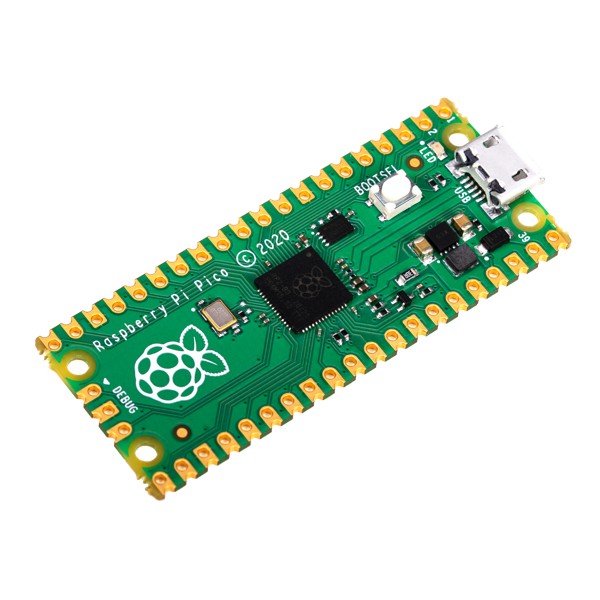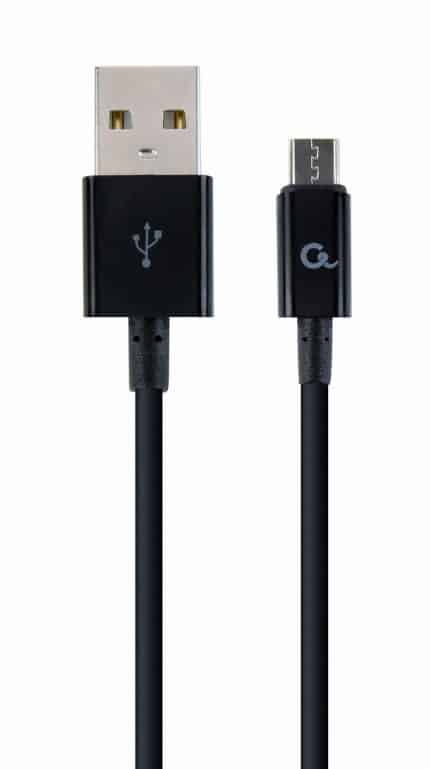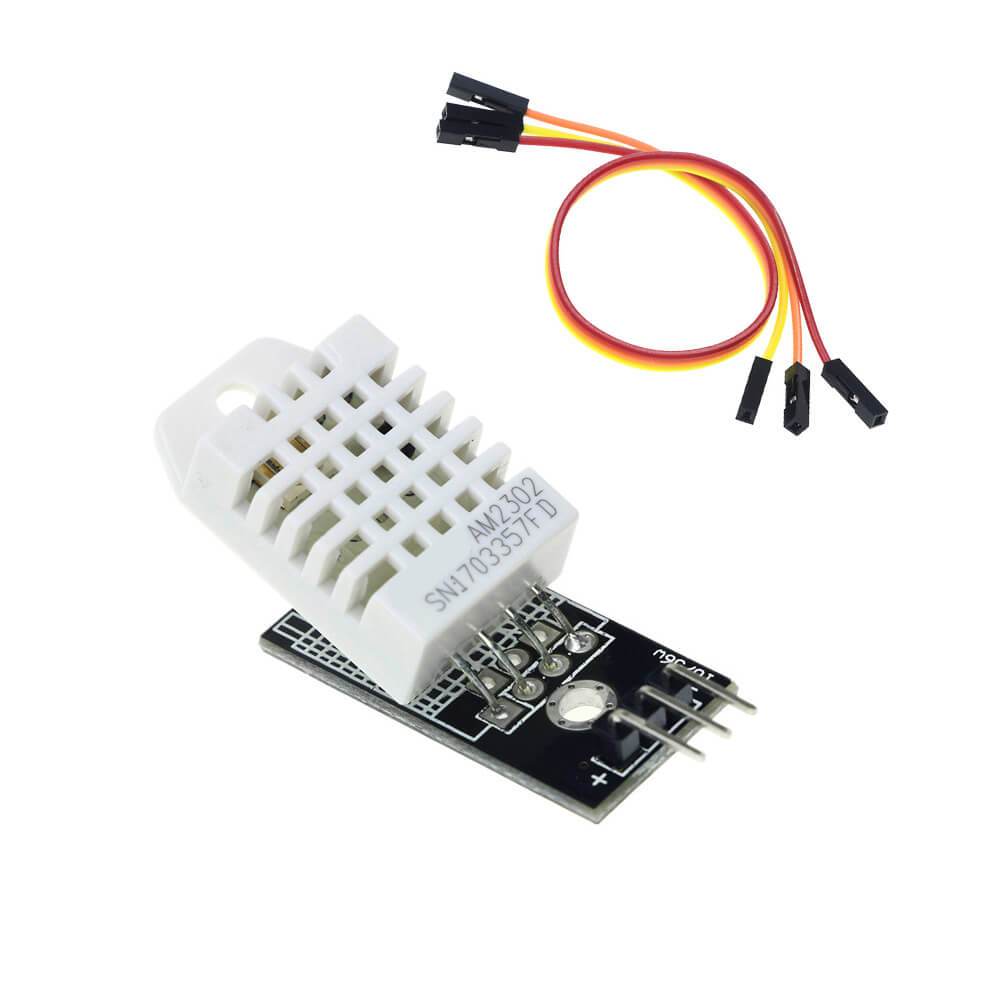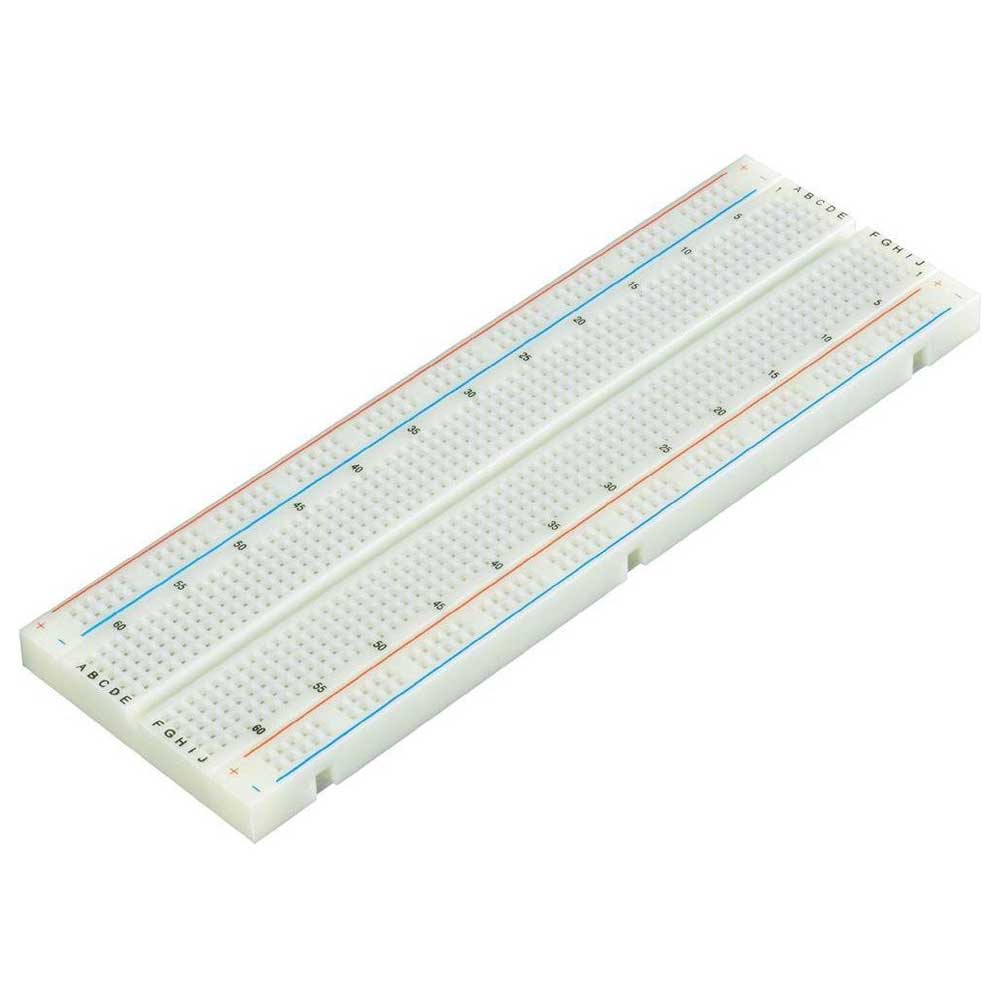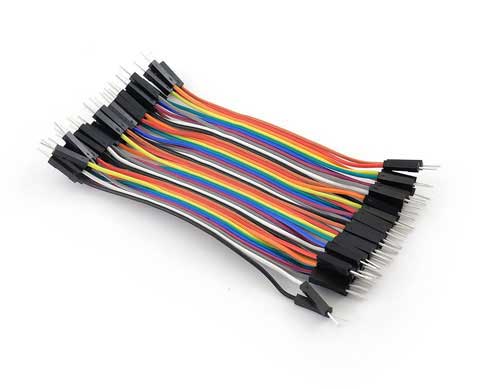5183+ reviews
Order by 16:00 for same day shipping
14 days return
DE
EN
Individual
Business
Raspberry Pi Pico – Lesson 3: Raspberry Pi Pico Temperature Sensor
Dive into an exciting project with the Raspberry Pi Pico: reading a temperature sensor with MicroPython. This lesson is ideal for beginners who want to get acquainted with the Thonny programming tool and MicroPython. Easily learn how to connect the Raspberry Pi Pico to your computer, upload programs and read the temperature sensor. Discover the world of temperature measurements with the Pico, while being guided step by step. Start your programming adventure with this practical and educational project for the Raspberry Pi Pico!
This manual covers:
This is the third lesson of the introductory projects for the Raspberry Pi Pico. Before starting this lesson, we recommend that you complete the previous lessons first. Lesson 2 can be found at HERE , lesson 1 can be found at HERE .
Installing software on the Raspberry Pi Pico for the temperature sensor
You can skip this step if you already did this in Lesson 1.
In order to program the Raspberry Pi co with MicroPython we first need to flash the firmware of the Pico.
This means that we provide the internal software that starts the pico with a special python version.
Download firmware from the website below (uf2 file)
https://micropython.org/download/RPI_PICO/
https://micropython.org/download/RPI_PICO_W/
(Make sure you select the correct firmware version, the wifi version and the non-wifi version are different)
Press and hold the white boot button on the pico.
Plug the pico into a USB port on your computer. (Then you can release the button)
A drive letter, accessible like a memory stick, will now appear.
Copy the firmware file RPI_PICO_xxxxxx.uf2 to this drive
(pico will reboot and the firmware will be installed)
Download and install Thonny on your PC.
( https://thonny.org/ )
Select the MicroPython Interpreter under
Tools > Options > Interpreter > MicroPython ( Raspberry Pi Pico)
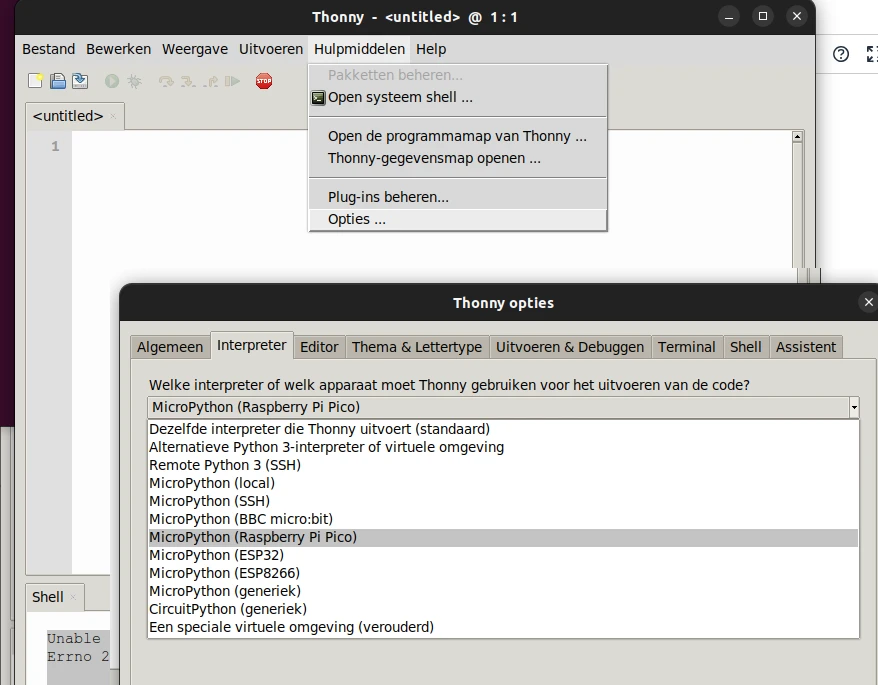
Place the components on a breadboard as shown below.
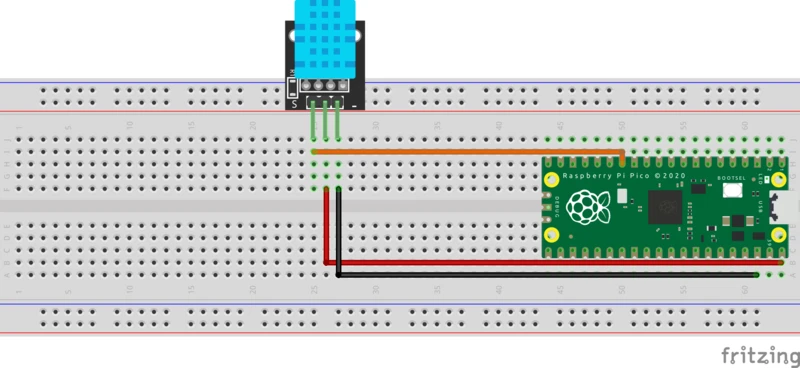
The printed circuit board of the sensor below has a built-in pull-up resistor of 10K.
If you have a sensor without the PCB you may need to place a 10K resistor between the data and Vcc.
The order of pins is usually.
VCC, Data, GND in case of 3 pins,
If there are four pins, the 3rd is usually not connected.
VCC, Data, NC, GND
However, the sensor is on a printed circuit board with an S on the left side.
Should these be connected as follows: Data(signal), VCC and right GND
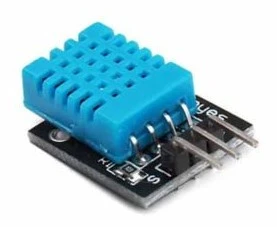
Programming the Raspberry Pi Pico to measure temperature
Now you can retype the program below into the Thonny interface.
from machine import Pin
from time import sleep
import dht
sensor = dht.DHT11(Pin(10))
while True:
try:
sleep(2)
sensor.measure()
temp = sensor.temperature()
hum = sensor.humidity()
print('Temperatuur: %3.1f C' %temp)
print('Humidity: %3.1f %%' %hum)
except OSError as e:
print('Kan geen sensordata lezen.')Explanation of the program:
- Import the pin class from the python machine module
- Import the sleep class from the python time module
- import the dht module, this is suitable for the DHT11 and the DHT22
- .
- define variable sensor
- .
- here an infinite loop is started
- The line, together with line 15, provides error handling.
If the sensor cannot be read, a message is displayed on the screen via line 16. - sleep 2 seconds, the DHT11 can be read faster than the DHT22
- measure the values routine is called
- in the variable temp we put the read temperature of the sensor
- so also the humidity in the hum variable
- print the text temperature followed by the temperature value in the format %3.1f
Formatting:
In Python it is %3.1f used as a format specifier with the string format operator % to determine the display of floating-point numbers.
% : This is the string formatting operator in Python.
3 : This specifies the minimum width of the entire field. If the value to be formatted is smaller than this width, it will be padded with spaces on the left side.
.1 : This specifies the precision of the floating-point number. In this case, it means that there must be one digit after the decimal point.
f : This is the type code that indicates that the value should be formatted as a floating-point number.
- So does the humidity level
- Error handling
- print line error message
Then press save, and save the program on your own computer.
Press the red stop sign button to restart the 'backend'.
(Thonny is now reconnecting to your Pico)
Then you could press green button (Run current script).
If the pico is now removed from the computer and reconnected the program will not start.
We only tested the programming code.
To enable automatic start we need to save the program again, but then select the pico.
File > Save As > Raspberry Pi Pico
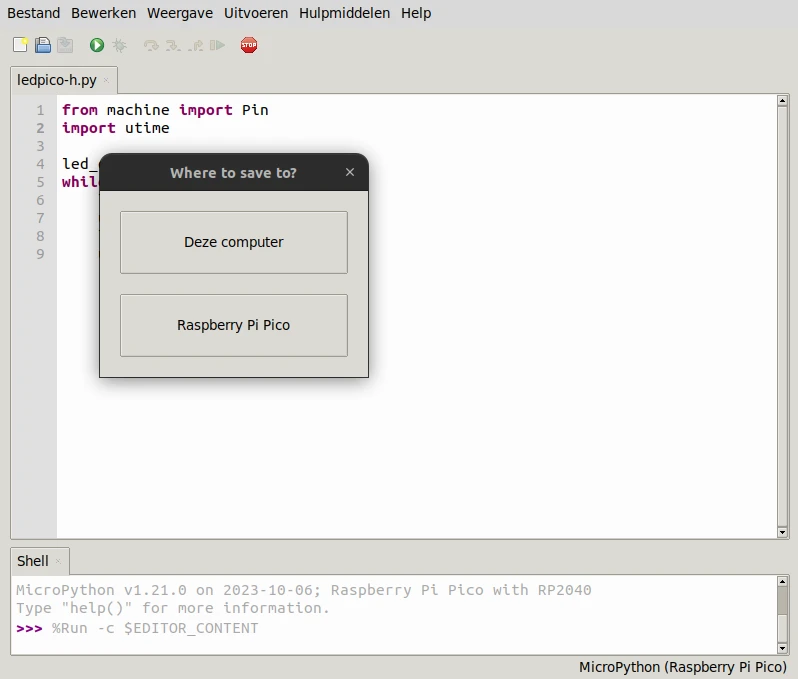
Save the program with the name main.py . The pico will automatically start the program with this name when you connect the Pico to a USB port.
In this case you will need a connection to your PC and Thonny to see the measured results!
Result: Read temperature with the Raspberry Pi Pico
You have now built and programmed your own Raspberry Pi Pico temperature sensor.
Did you enjoy doing this project? Check out our other projects, or Les four of this Pico series!
